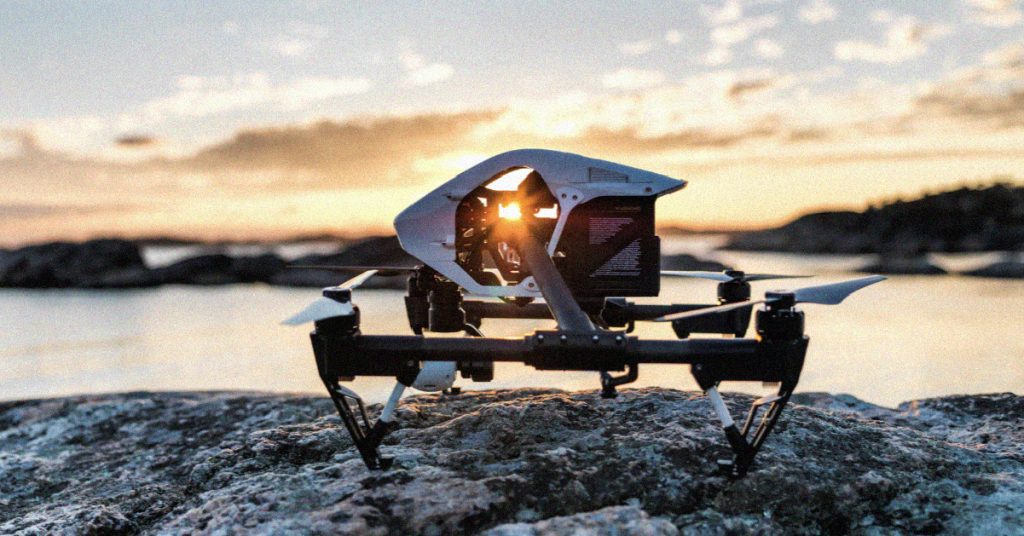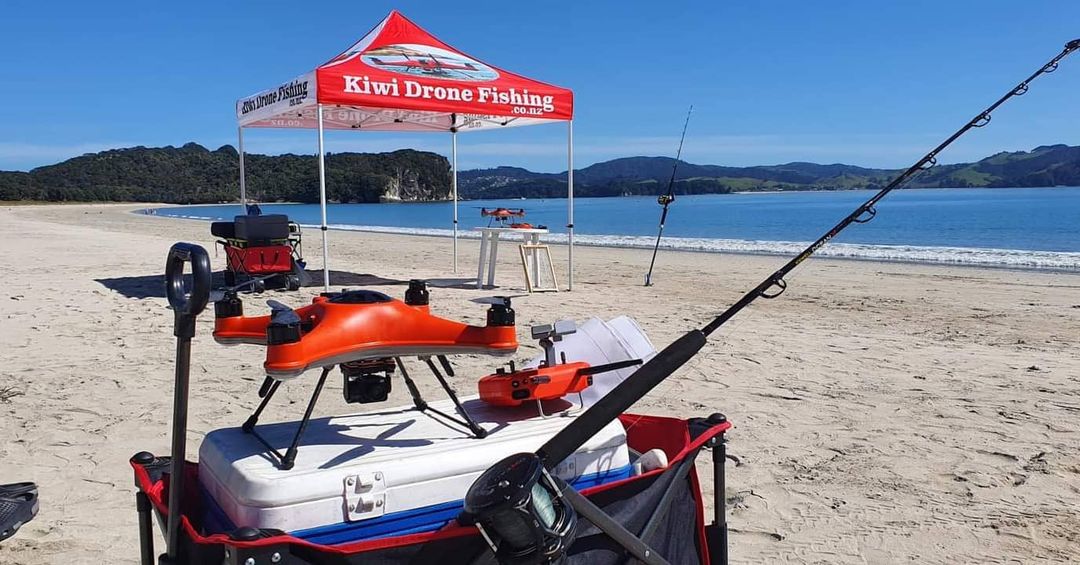
New Zealand has a new style of fishing: drone fishing. This new method uses the most recent drone technology, opening up new possibilities for fishing. Drone Fishing NZ, a top retailer, offers the DJI and Splash drones for purchase. Splash drones, GoFish cams, and custom-built fishing gears are all available.
Aerokontiki Drones
Sharkan makes the Fishhawk fishing drone, which captures a clearer picture of what you're doing. The stabilized camera of the drone can take 12-megapixel photos as well as 4k UHD videos at 30 frames per seconds. The videos can be viewed on your smartphone. You can view the videos on your smartphone with a spare battery and a flight time of up 23 minutes.
Mobula
Mobula drones are specifically designed to fly in the water. The drone can survive in wind up to 20 kph and is buoyant. It also includes safety features such an automatic return home, automatic release of payload, and three release methods. Your drone will automatically return back to the water when its battery goes flat. This means you won't have any worries about it getting lost.
Banks'
A fishing drone is a popular choice for anglers and other sports enthusiasts. However, using a drone comes with its own set problems. The drone is not recommended for fishing in shallow water. The second problem is when the drone crashes again in the same spot. If this happens, the video information is not always reliable.

SplashDrone 4.
Swellpro created the SplashDrone 4 waterproof drone with a new floating platform. It can be used to fish and other water activities. The drone is made of corrosion-resistant materials as well industrial-grade ABS to withstand harsh conditions. Smooth+ technology, which is a patented SplashDrone 4 flight control system, allows the user to have complete control of the drone. This helps it stay stable in any condition. Its advanced technology makes it possible to capture every angle, every moment from the air.
Drone for Fisherman
New Zealand Fisherman Drone Fishermans, you are in for a surprise. Drone fishermen love snappers. Snapper are also beautiful and delicious to catch. These fish can often be found off the coasts on the North or South islands. They are most common during their spring spawning season, which is when large numbers of them congregate. These fish are readily available throughout the year, although they are less common in the fall.
Flying a drone
You should be aware of the following guidelines if you are planning to fly a drone in New Zealand for drone fishing. You must be familiar with the law. It's illegal to fly a drone over any marine life or within 500 meters of a marine mammal. It is important to pay attention to your surroundings while flying your drone. This will prevent your expensive drone from being confiscated.
Payload for a drone
Although you can buy a drone to fish, it is important to be aware of the payload. It is important to choose a drone that has the payload capacity to transport heavy fish, and can fly for long periods of time. If your drone is only used for a short time, it will not catch enough fish to be worthwhile. New Zealand's drone fishing is becoming more advanced.

FAQ
What laws govern flying drones in the United States?
The Federal Aviation Administration (FAA), oversees all aspects of drone operation in the United States. The FAA must issue a certificate before you can commercially operate a drone. Next, you will need to complete a course in flying skills and pass an exam. You will then need to pay an agency fee.
What's the difference between quadcopters and hexacopters?
A quadcopter is a four-rotor helicopter that flies like a traditional helicopter. It is equipped with four rotors, each of which can rotate independently. The hexacopter looks similar to a quadcopter, but it has six rotors rather than four. Hexacopters can be more stable and maneuverable that quadcopters.
Can I fly my drone through my neighborhood?
Yes! These are called UAVs (unmanned aerial vehicles). There are many types of drones on the market today, including small quadcopters and large fixed-wing aircraft. The FAA recently published new rules on commercial UAV usage, which allows you to legally fly them for commercial purposes. Be aware that UAVs operating near airports could cause interference to air traffic control systems. You must get permission from the authorities before you can fly one.
Are drones allowed to be used at public events
Yes, you are free to fly a drone anywhere as long as you follow the rules. The event organizers will require approval if you plan on flying your drone during a public event like a parade, festival, concert or other similar event.
Statistics
- With the top 10% making over $100/h and the bottom 10% making as low as $10/h. (dronesgator.com)
- According to ZipRecruiter, the minimum hourly wage of drone pilots is $20. (thedroneu.com)
- According to Indeed, a drone pilot gets paid $25.73 per hour on average in the US. (dronesgator.com)
External Links
How To
How to Fly Drones at a Beginning Level
A drone refers to a remote-controlled aircraft designed for aerial photography, surveillance and scientific research. Drones have been in use since World War II. DJI's Phantom series quadcopters were first commercially available in 2010. There have been many drones made since then. These range from beginner-friendly drones like Parrot AR Drone 2.0 to more advanced multi-rotor craft like DJI Mavic Pro.
There are many options for flying a drone.
-
Remote control: This uses a remote control device that attaches to your hand and allows you control the drone along its flight path. There are two main types, On/Off switches (like radios) and joysticks.
-
Manual Control- This allows you to control your drone remotely via GPS coordinates. You must keep track of the location where you want the drone to go and follow the instructions from the app.
-
Autonomous Flying - This allows the drone to take over all of the piloting duties. The drone is able to fly autonomously, without the need for human intervention. To enable autonomous flight, the drone should have a built in camera and sensors capable recording images and data.
-
Triggered Flight – This method is very similar to manual flight. The pilot creates a route that the drone will follow until it reaches the destination. Once the programmed route has been completed, the drone returns to the base automatically.
-
Landing Gear: Some drones have landing gear that allows them safely to land in case they lose power or run low on battery.
-
Goggles - Pilots may wear goggles to shield themselves from flying debris.
-
Camera - Some drones are equipped with cameras allowing you to capture photos and videos from above.
-
Obstacles: Some drones are equipped with obstacle avoidance systems to prevent them from hitting obstacles.
-
Speed – Some drones can reach speeds in excess of 40 mph.
-
Battery Life – Most drones will last 20 minutes to three hours depending on how powerful they are.
-
Range - Some drones can travel upto 30 miles depending on their models.
-
Power source – Some drones require external power sources, others require internal batteries.
-
Weight – Some drones are less than one pound, while other models can be up to four pounds.
-
Size - Drones range from small devices that fit in one's palm to large crafts that weigh more than 50 pounds.
-
Price - All drones fall within a specific price range, from high-end models that can cost thousands of dollars to lower-cost options starting at $100.